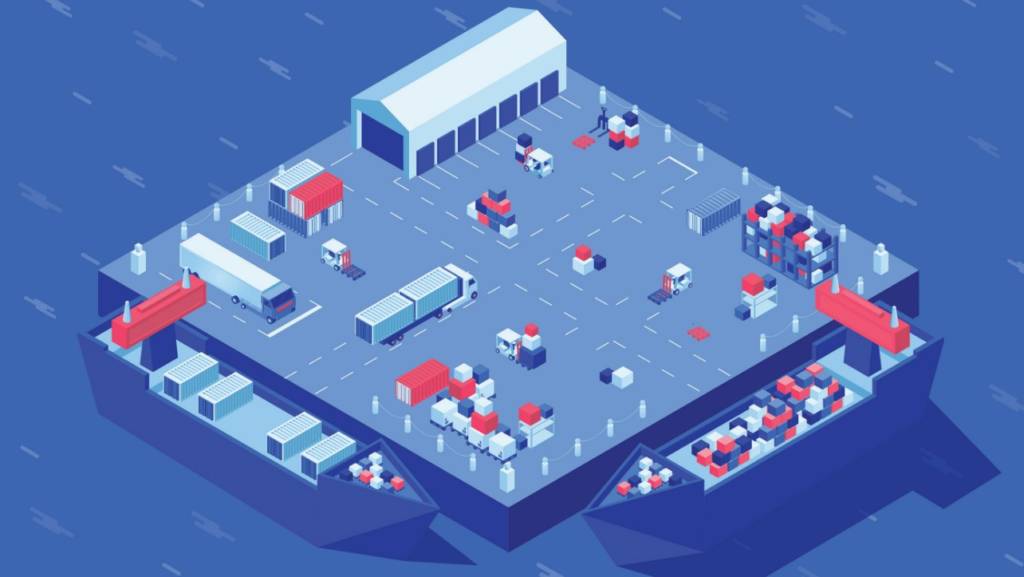Blockchain, ESG and data standards driving change in the trade finance banking sector
Sibos 2022, Amsterdam, raised some important conversations for the trade finance industry, not least the future of trade digitization.
It is clear that this new digital age will bring new innovation to the market, but to what extent?
Trade Finance Global (TFG) spoke to Hari Janakiraman, head of industry and innovation, transaction banking, from Australia and New Zealand Banking Group (ANZ) about the changing market conditions across the Asia Pacific market and advances in digital technology in trade.
Changing markets
There have been some clear changes in the Asia-Pacific market in a post-COVID world.
The pandemic-induced shutdowns and related disruptions have highlighted the risks that hyper-optimized but non-diversified supply chains can face when major challenges arise. The conflict in Ukraine is also leading to a new examination of supply chains and logistics routes.
As a result, many firms are now looking to establish relationships with alternative suppliers to mitigate these shocks in the future.
There has also been a growing trend of manufacturers moving out of China to other countries such as Vietnam, Thailand, the Philippines and India – where Apple has announced that it will move production of the new iPhone.
Another major shift in supply chain management has to do with the availability of cheap capital.
“The era of cheap money is apparently over,” Janakiraman said.
“Companies that had a lot of liquidity – where they had the luxury of managing their supply chain through their own cash, which was valid at the time – are seeing that this is not the way to continue to manage their supply chains, because cash has now become too expensive.
“They need to come up with better ways to inject liquidity into their supply chain. That means more demand for supply chain finance.”

Technology and digitalisation
When it comes to digital advances in commerce, there is still a lot of discussion around blockchain technology, although the rhetoric has changed in recent years.
“We’re seeing it no longer being talked about as a blockchain solution,” Janakiraman said.
“Instead, we’ve reached a stage where we talk about the end service or the end product, but not necessarily what it’s built on.
“It is estimated that the compound annual growth rate of blockchain in the supply chain, in terms of the underlying technologies, is 54% compound annual growth.”
This significant growth is happening because it is helping to enable a shift in governance for companies to meet their environmental, social and governance (ESG) goals.
Blockchain also enables firms and banks to collect and monitor data across the entire supply chain in real time.
“This means you can monitor the supplier’s performance. You can predict and identify that something is going well or something is not going well,” Janakiraman said.
“Companies that adopt these technologies have an edge over those that are still on the fence about what they can do.”

Data standards
In terms of data collection and being able to analyze that data and use it to make informed decisions, there is still a significant amount of work to be done in the trade finance space.
“You get that data, curate it in a way that makes sense to you, and then make a decision based on how much you can lend, when to lend, and whether you want to get the money back,” Janakiraman said.
“That’s all trade finance is in the most simplistic sense.”
The challenge is that when you start collecting data, different companies may all have different data available, and it may be based on different methods of measurement and collection.
This makes it very difficult to compare them side by side.
“It’s about putting everything together and who can do it right and make it easy for the customer,” Hari added.

Digital islands
Experts have been discussing the digital island problem in commerce for years now, but it’s possible that the concerns are less relevant in today’s market.
“I don’t think we need to sit around and worry that we’re going to have hundreds of different digital islands,” Hari said.
“We probably have certain large islands, and I think at this stage it’s not going to be an extremely difficult thing to collect.”
Several initiatives, such as the Trade Information Network, of which ANZ is a member, exist to connect multiple data points.
“It’s about picking the platforms that we think have a real purpose and seeing how we can connect those platforms rather than worrying about how they’re not connected,” Hari added.


